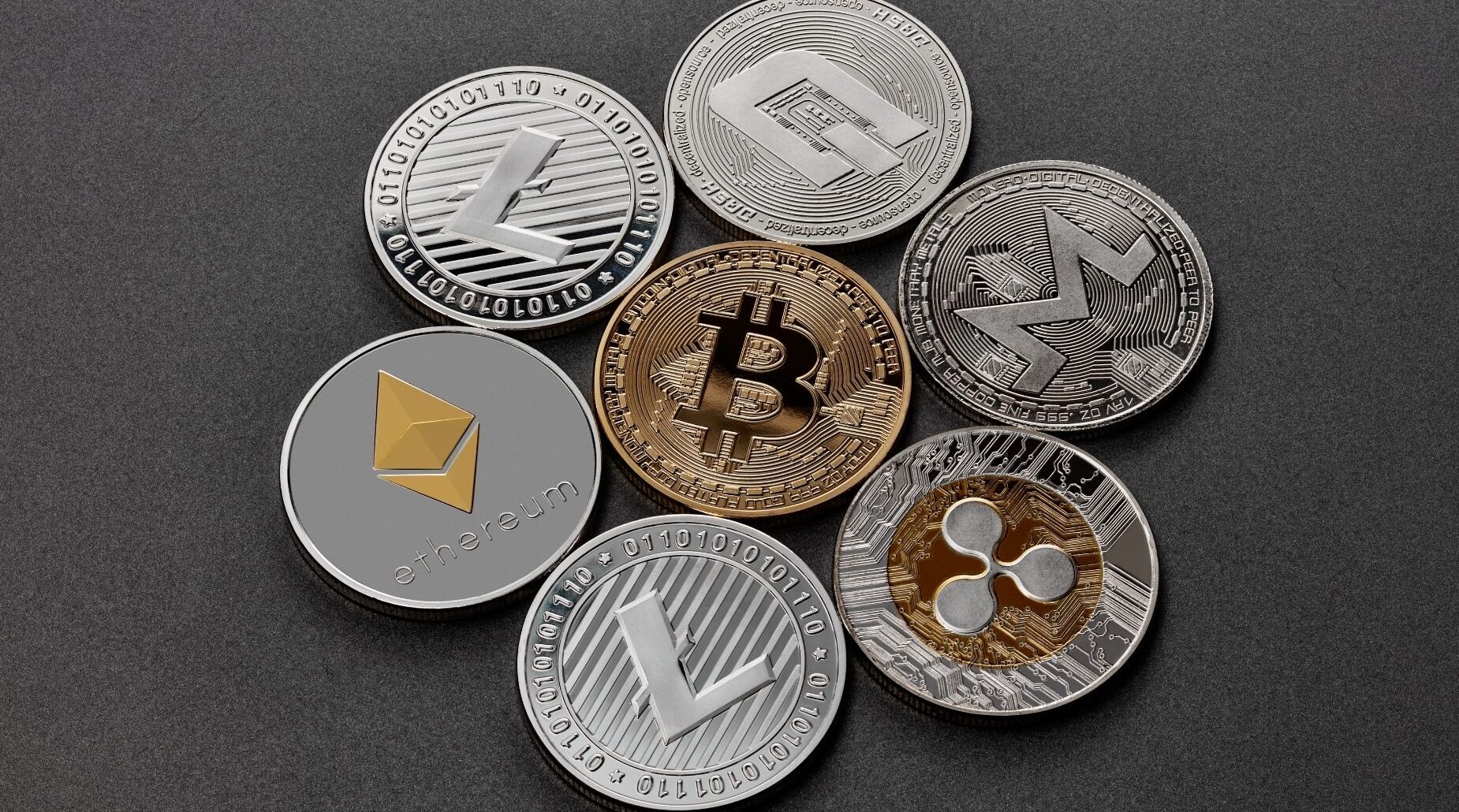Cryptocurrency isn’t just jargon; it’s a whole new way of thinking about, moving, and storing wealth in the digital era. Since Bitcoin first appeared in 2009, cryptocurrencies have gone from being fringe tech experiments to important financial tools that impact the economies, investment strategies, and digital infrastructure of the whole world. The idea of a cryptocoin is still very important for understanding the future of money as decentralised finance grows.
Crypto Coins Explained
A cryptocoin is a digital currency that doesn’t rely on banks or other centralised financial entities. Cryptocurrency coins are decentralised, cryptographically secure, and spread out across computer networks. This means that they can work without a central issuing authority. Crypto coins are kept safe by protocols like Proof of Work (PoW) or Proof of Stake (PoS), which are different from traditional fiat currencies that depend on governments and central banks.
Bitcoin, the first and most well-known cryptocurrency, introduced the world to the idea of decentralised ledgers and digital scarcity. It started a whole ecosystem of coins that did different things, from decentralised banking and smart contracts to privacy and digital identification.
Crypto Coins vs Tokens
People commonly use the words “crypto coins” and “tokens” to mean the same thing, but they are not the same . Each blockchain incorporates Bitcoin and Ethereum as coins. Tokens, on the other hand, are developed on top of existing blockchains, utilising smart contract platforms like Ethereum’s ERC-20 standard. This distinction enhances the significance of crypto coins within their respective ecosystems, where they frequently safeguard networks, settle transaction fees, and retain value.

Types of Crypto Coins and Their Roles
There are now many different sorts of coins on the crypto market, and each one has its purpose. Bitcoin (BTC) is like digital gold and could help protect against inflation. Ethereum is the technology behind smart contracts and decentralised apps. It is the foundation of decentralised finance (DeFi). Monero and Zcash are examples of privacy coins that let people make transactions without revealing their identity. People seeking to safeguard their financial information in a world increasingly under surveillance find this appealing.
Stablecoins like USDC and USDT keep their value by being linked to real-world currencies like the U.S. dollar. These are important for daily transactions and transfers between countries without the price swings that most cryptocurrencies have. Meme coins, like Dogecoin and Shiba Inu, show the cultural and community-driven side of crypto. They generally gain value by going viral on the internet rather than due to their usefulness.
Technological Innovations Driving Crypto Coins
There is new technology behind every crypto coin that makes it possible for them to work. Blockchain is the most basic of these. Many people share this digital ledger, which records every transaction involving a specific coin. Blockchain’s security and openness protect the integrity of cryptocurrencies without the need for a central authority.
 Another important part is consensus algorithms. These methods, including PoW, PoS, and Delegated Proof of Stake (DPoS), make sure that the network agrees on and validates transactions. PoS is gaining popularity due to its energy efficiency and scalability. Ethereum’s recent switch to PoS is a sign of this trend in the industry as a whole.
Another important part is consensus algorithms. These methods, including PoW, PoS, and Delegated Proof of Stake (DPoS), make sure that the network agrees on and validates transactions. PoS is gaining popularity due to its energy efficiency and scalability. Ethereum’s recent switch to PoS is a sign of this trend in the industry as a whole.
Crypto Regulation and Adoption
As more people use crypto coins, governments and banks are getting more involved in regulating the market. Some nations accept crypto as legal tender or include it in their banking systems, but others have severe rules because they are worried about money laundering, tax evasion, and capital flight. n the US, regulations are becoming more lucid, with entities such as the SEC and CFTC beginning to distinguish between coins and securities.
The passing of stablecoin legislation in Congress in 2025 is a big step towards setting clear legal rules for digital currencies. These changes give institutional investors the clear information they need to feel more confident about entering the market. The fact that big banks now accept cryptocurrency is also proof that people’s attitudes are changing. PayPal, Mastercard, and Visa now let people pay using cryptocurrencies. Investment firms are now starting to offer crypto ETFs and custody solutions. These actions make crypto seem more real to both traditional investors and users.
Final thoughts
Cryptocurrency is changing not only how we do business but also how economies work as a whole. In developing countries where currencies are unstable, crypto is a way to keep value and take part in the global economy. Crypto coins have made remittances faster and easier to use, which used to be a problem because of high costs and long processing periods. Some countries are looking into central bank digital currencies (CBDCs) that are based on the same technology as cryptocurrencies. CBDCs aren’t real crypto currency because they are centralised, but they show how popular this new idea has grown. At the same time, some private companies are looking into tokenising real-world assets, which means putting things like property, art, and even carbon credits in coins that can be traded.

